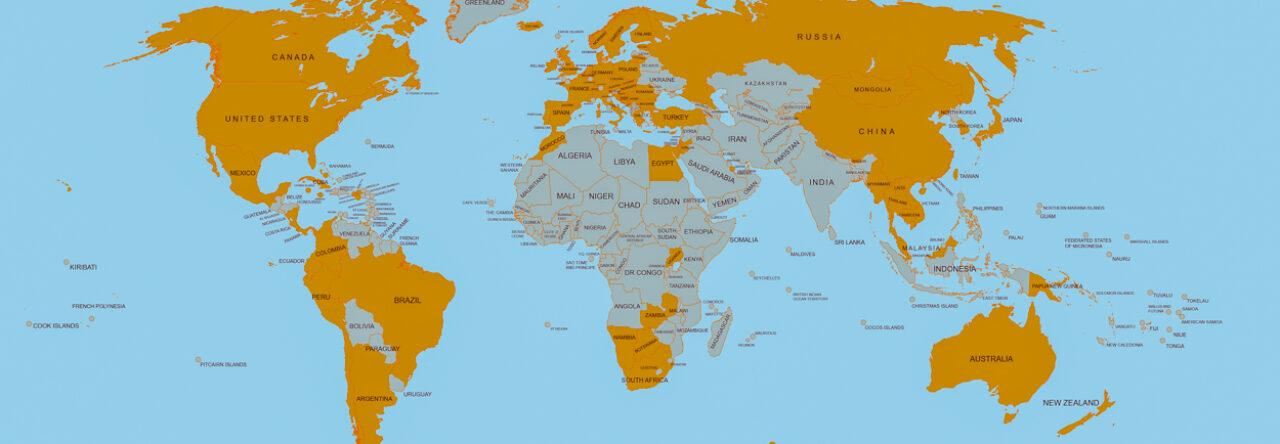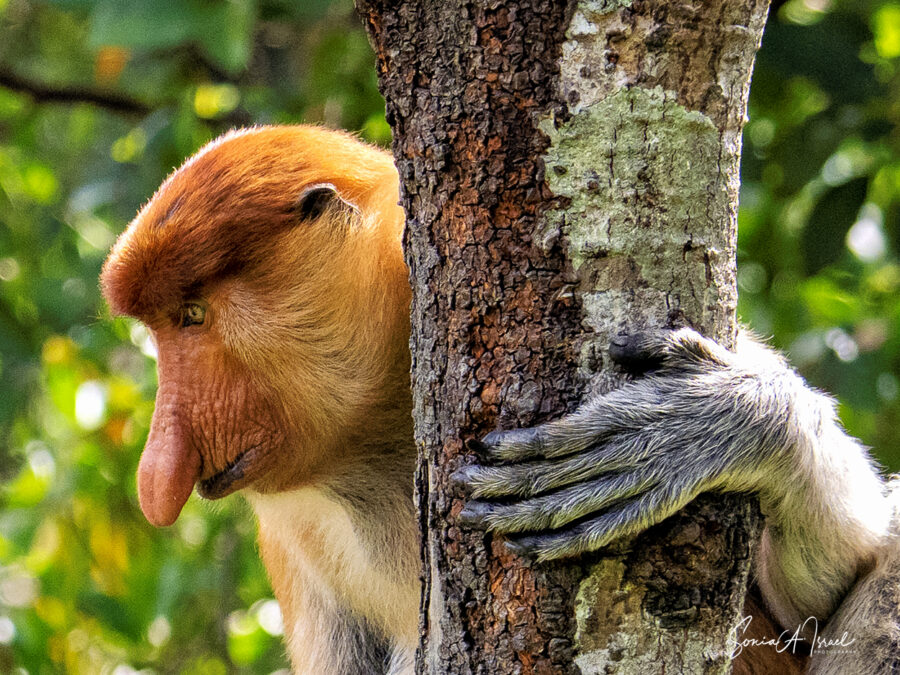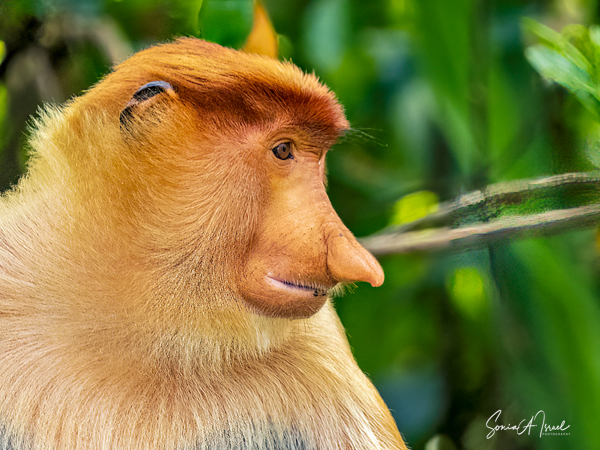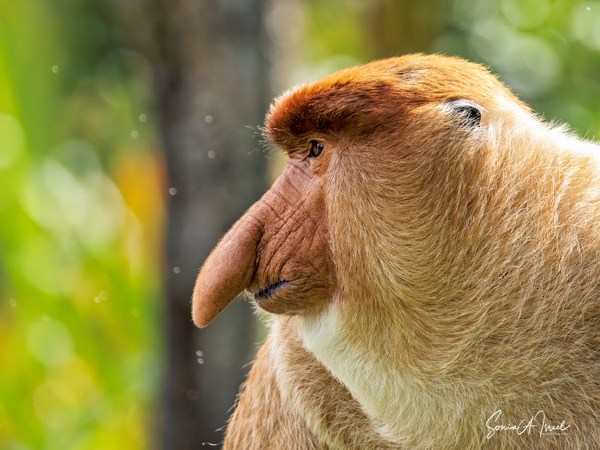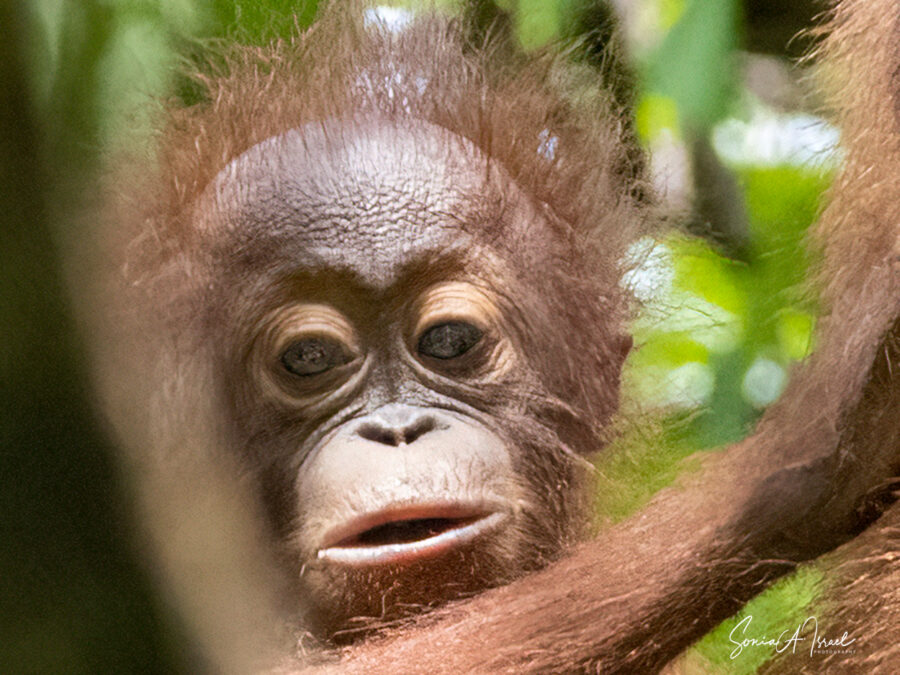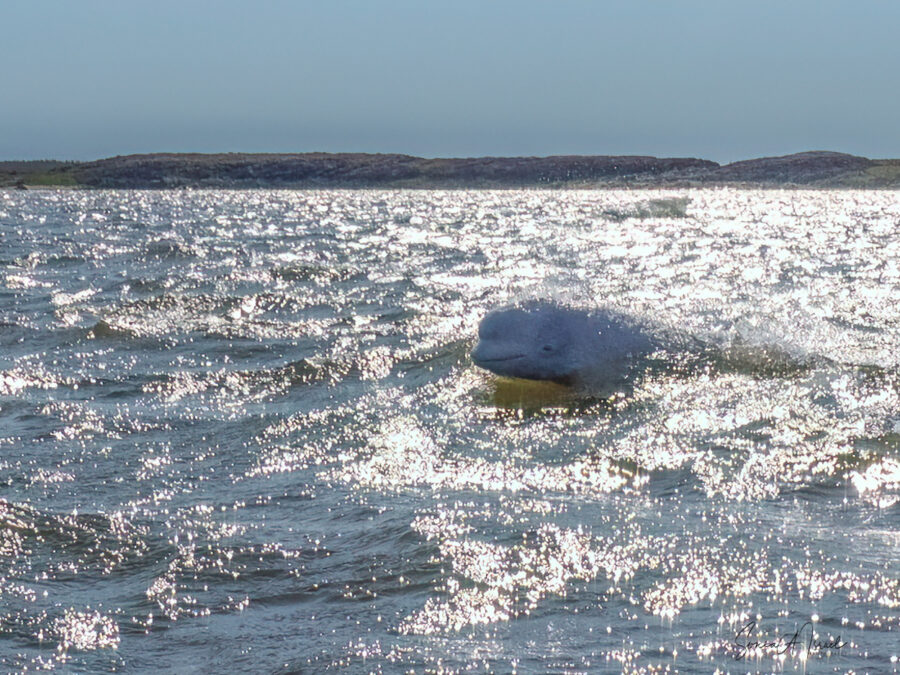August 21-September 1, 2022
My friend Ruthi and I visited Borneo in August-September 2022. We traveled with Natural Habitat Adventures (@NaturalHabitatAdventures) and our fabulous expedition leader Harsha Jayaramalah and local guide supreme Bedley Asun. We spent 12 days traveling around the country from the south to the north seeing wildlife that can only be found right here in Borneo. I was mostly in charge of photography with my two OM Systems OM D-E M1 Mark III and my Olympus 12-100 f4 and my Olympus 100-400 F5.6. Ruthi also shot with the OM Systems, but she was more responsible for videos.
There is so much to write. So much to tell. So there will be multiple posts, some focused on specific wildlife, some on the cities and the rivers and the amazing resorts we stayed in. But this post is on monkeys. But not just any monkeys. This post is about monkeys you may have never heard of. The proboscis monkeys.
Proboscis Monkeys
The proboscis monkey (Nasalis larvatus) is also called the long-nosed monkey, because, of course, the males have a very, very large and long nose (note the females have small noses)! It can only be found Borneo and is one of the reasons Ruthi and I wanted to travel here.
